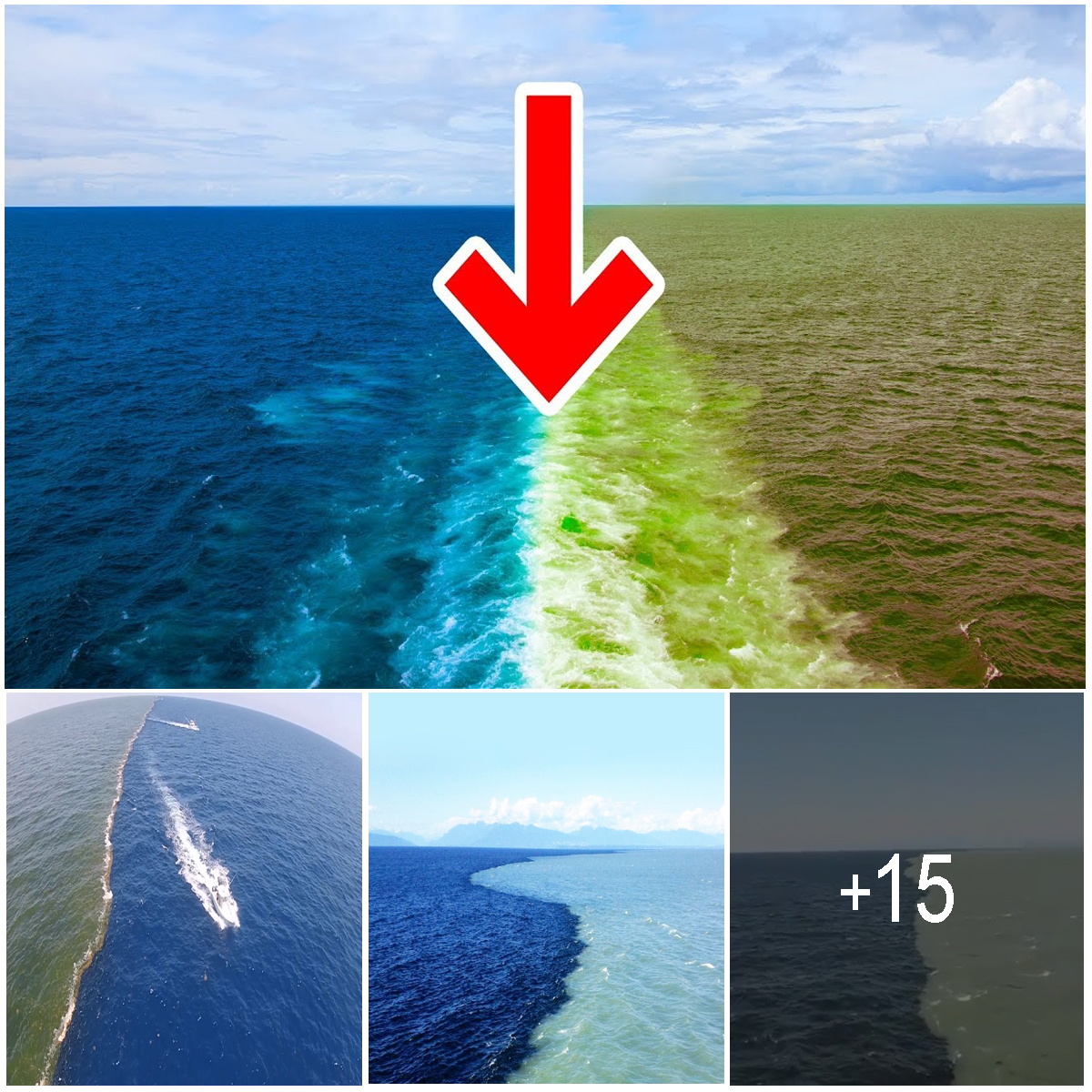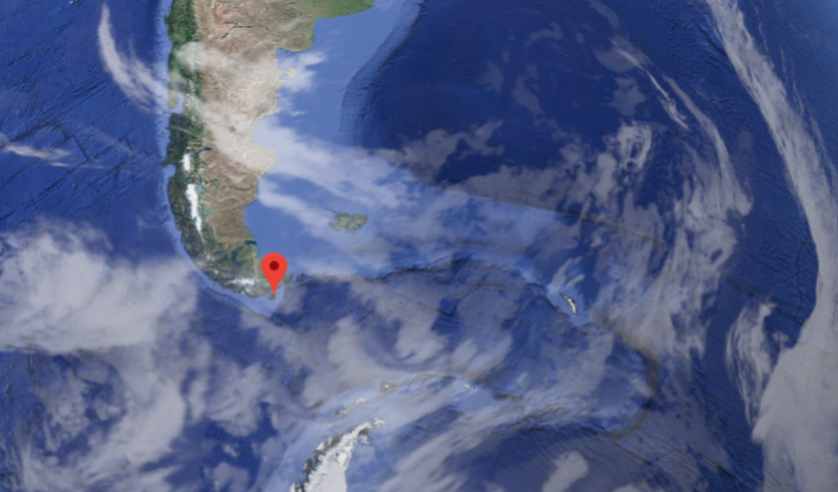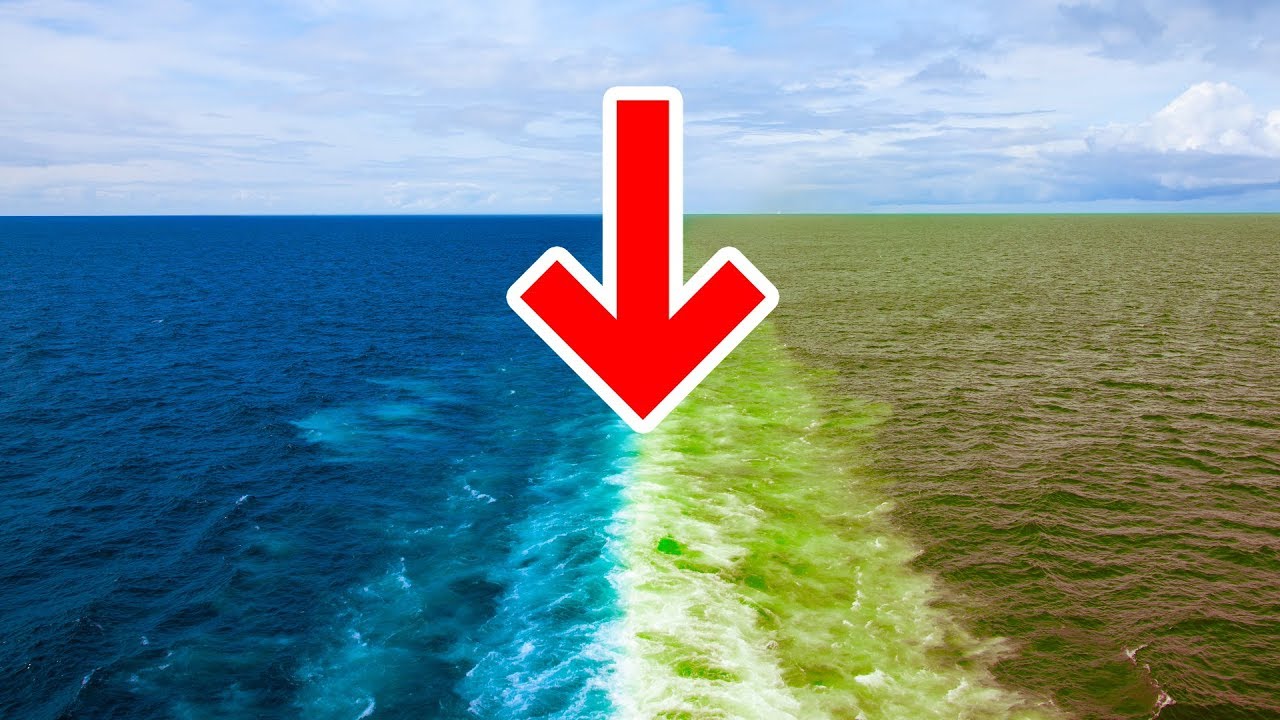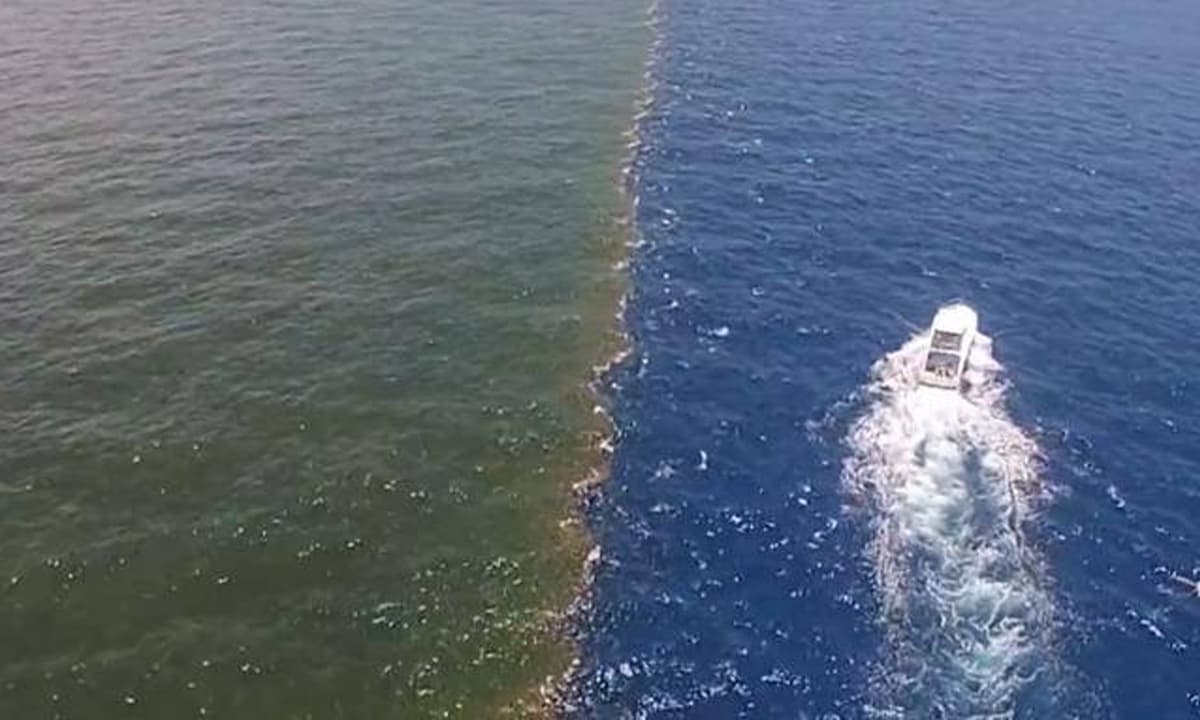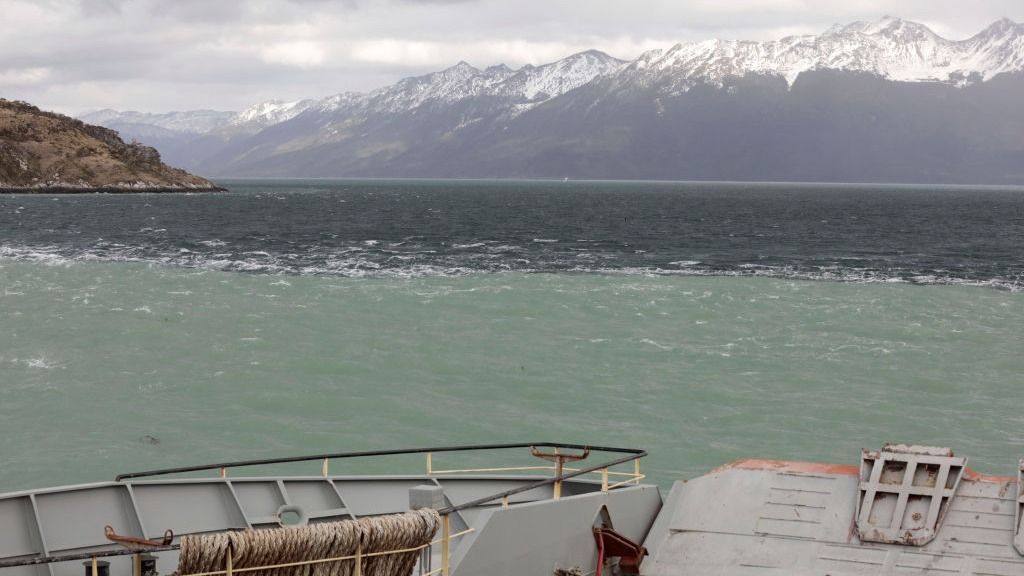Why Dont Atlantic Ocean And Pacific Ocean Mix

Ever stood on the beach, gazing out at the vast ocean, and wondered if somewhere, far, far away, the Atlantic and Pacific Oceans are having a giant, watery handshake? Well, spoiler alert: they *meet*, but they don't exactly *mingle*. It's like that awkward party where two groups politely nod at each other but stick firmly with their own friends.
Imagine a watery border collie, diligently herding its sheep. That's basically what's happening where these two titans of water collide. This "border" is most famously visible around the Drake Passage, near the tip of South America.
The Unmixing Mystery: No Watery Love Affair
So, why aren't the Atlantic and Pacific Oceans throwing the biggest underwater bash ever? Turns out, it’s not about them being snooty or anything! Several factors are at play, creating this fascinating, unmixed marvel.
Density Differences: The Watery Weightlifters
Think of it like oil and vinegar in your salad dressing. One major reason they don't mix is density. The Atlantic and Pacific have slightly different salinity levels – that's the amount of salt dissolved in the water.
The Atlantic tends to be a bit saltier and, therefore, denser. Denser water is like the heavyweight champion; it wants to stay at the bottom. Lighter water, like the Pacific in certain areas, floats on top, creating distinct layers.
Temperature Tantrums: The Hot and Cold of It All
Temperature also plays a huge role. Cold water is denser than warm water. Therefore, temperature differences between the two oceans help maintain the separation.
Imagine a bathtub where you carefully pour hot water on one side and cold on the other. For a little while, they'll stay relatively separate, right? The oceans are doing the same thing, on a much, much grander scale!
Surface Tension: The Watery Skin
Surface tension is another contributing factor. This is the "skin" on the surface of the water, caused by the attraction of water molecules to each other.
When waters with different properties meet, their surface tensions can differ, creating a visible line or a sort of watery boundary.
The Power of Currents: The Ocean's Conveyor Belt
Finally, let's not forget the mighty ocean currents. These are like giant rivers within the sea, constantly circulating water around the globe. These powerful currents can actually push the water masses together but also contribute to keeping them separate, preventing thorough mixing.
More Than Just Science: A Poetic Perspective
While the science is fascinating, there's something almost poetic about the unmixing of the oceans. It's a reminder that even in the vastness of nature, boundaries exist. It shows that things with distinct properties can coexist without completely merging.
Think of it as a symbol of diversity and the beauty of different entities sharing the same space. The oceans meet. They touch. They influence each other. They just maintain their unique identities while doing it.
So, next time you see a picture of the Atlantic and Pacific seemingly refusing to blend, remember it's not a sign of disagreement. It's a testament to the fascinating physics and the incredible beauty of our planet. It is like looking at two different worlds existing side by side.
And isn't that, in its own way, a little bit heartwarming?
